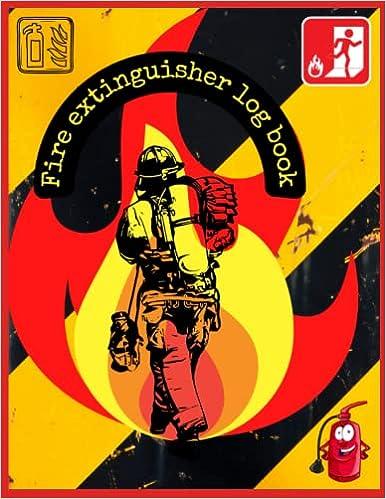

Suppose you are considering an investment project that requires $1,000,000, has a six-year life, and has a salvage value of $150,000. Sales volume is projected to be 50,000 units per year. Price per unit is $60, variable cost per unit is $38, and fixed costs are $523,000 per year. The depreciation method is a five-year MACRS. The tax rate is 40% and you expect a 16% return on this investment Click the icon to view the MACRS depreciation schedules. Click the icon to view the interest factors discrete compounding when i = 16% per year. (b) Calculate the cash flows of the base case over six years and its NPW. Fill in the table below. (Round to the nearest dollar.) Period Annual Net Cash Flow $ 0 $ 3 $ S $ $ 4 5 6 $ The NPW of the project based on its base-case scenario is $(Round to the nearest dollar.) (c) If the sales price per unit increases to $330, what is the required break-even volume? The required break-even sales volume is unils. (Round to the nearest whole number.) (d) Suppose the projections given for price, sales volume, variable costs, and fixed costs are all accurate to within + 15%. What would be the NPW figures of the best-case and worst-case scenarios? The NPW of the project based on its best-case scenario is $(Round to the nearest dollar.) The NPW of the project based on its worst-case scenario is $ (Round to the nearest dollar.) 3 5 7 10 15 20 Class Depreciation rate Year n 200% 200% 200% 200% 150% 150% 1 2 33.33 44.45 14.81* 7.41 3 20.00 32.00 19.20 11.52* 11.52 5.76 4 14.29 24.49 17.49 12.49 8.93* 8.92 8.93 4.46 5 6 10.00 18.00 14.40 11.52 9.22 7.37 6.55* 6.55 6.56 6.55 3.28 7 8 5.00 9.50 8.55 7.70 6.93 6.23 5.90* 5.90 5.91 5.90 5.91 5.90 5.91 5.90 5.91 2.95 9 10 11 12 13 14 15 16 17 18 19 3.750 7.219 6.677 6.177 5.713 5.285 4.888 4.522 4.462* 4.461 4.462 4.461 4.462 4.461 4.462 4.461 4.462 4.461 4.462 4.461 2.231 20 21 Year to switch from declining balance to straight line Suppose you are considering an investment project that requires $1,000,000, has a six-year life, and has a salvage value of $150,000. Sales volume is projected to be 50,000 units per year. Price per unit is $60, variable cost per unit is $38, and fixed costs are $523,000 per year. The depreciation method is a five-year MACRS. The tax rate is 40% and you expect a 16% return on this investment Click the icon to view the MACRS depreciation schedules. Click the icon to view the interest factors discrete compounding when i = 16% per year. (b) Calculate the cash flows of the base case over six years and its NPW. Fill in the table below. (Round to the nearest dollar.) Period Annual Net Cash Flow $ 0 $ 3 $ S $ $ 4 5 6 $ The NPW of the project based on its base-case scenario is $(Round to the nearest dollar.) (c) If the sales price per unit increases to $330, what is the required break-even volume? The required break-even sales volume is unils. (Round to the nearest whole number.) (d) Suppose the projections given for price, sales volume, variable costs, and fixed costs are all accurate to within + 15%. What would be the NPW figures of the best-case and worst-case scenarios? The NPW of the project based on its best-case scenario is $(Round to the nearest dollar.) The NPW of the project based on its worst-case scenario is $ (Round to the nearest dollar.) 3 5 7 10 15 20 Class Depreciation rate Year n 200% 200% 200% 200% 150% 150% 1 2 33.33 44.45 14.81* 7.41 3 20.00 32.00 19.20 11.52* 11.52 5.76 4 14.29 24.49 17.49 12.49 8.93* 8.92 8.93 4.46 5 6 10.00 18.00 14.40 11.52 9.22 7.37 6.55* 6.55 6.56 6.55 3.28 7 8 5.00 9.50 8.55 7.70 6.93 6.23 5.90* 5.90 5.91 5.90 5.91 5.90 5.91 5.90 5.91 2.95 9 10 11 12 13 14 15 16 17 18 19 3.750 7.219 6.677 6.177 5.713 5.285 4.888 4.522 4.462* 4.461 4.462 4.461 4.462 4.461 4.462 4.461 4.462 4.461 4.462 4.461 2.231 20 21 Year to switch from declining balance to straight line








